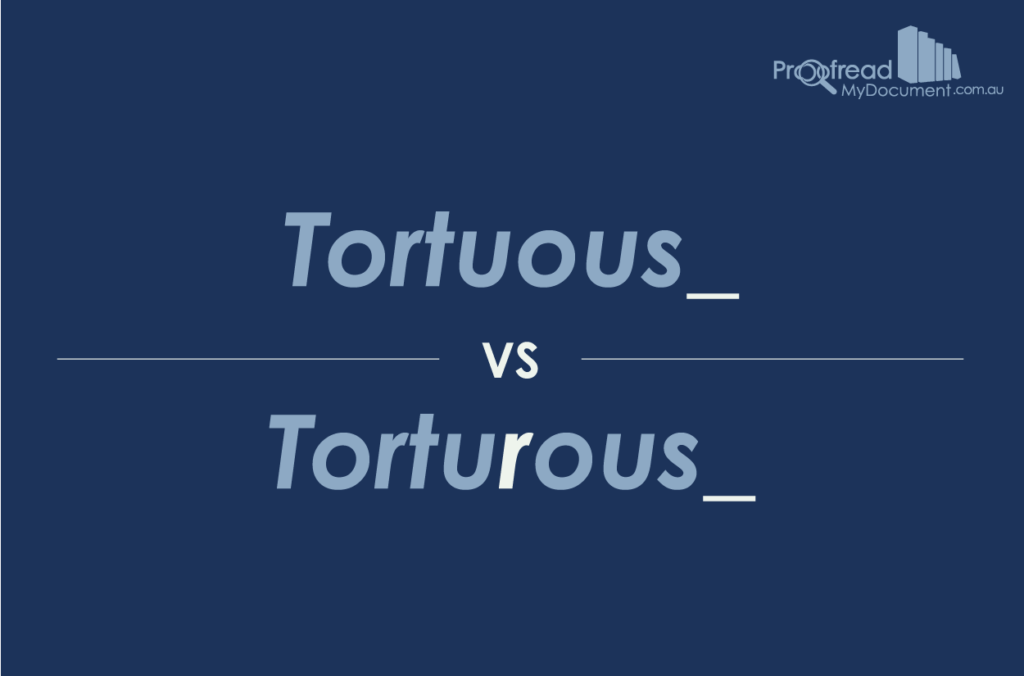Dating back to a time when tunics were in fashion, ‘tortuous’ and ‘torturous’ both come from the Latin word torquēre. Due to their spellings and pronunciation being close to identical, these terms are often confused.
However, there are some critical differences in meaning between the two, so you need to be aware of how they should be used.
Tortuous (Twisting or Complicated)
Simply put, ‘tortuous’ is an adjective that means ‘full of twists’. You could use it when referring to a particularly winding route, for example:
He cycled nervously down the tortuous road.

(Image: tpsdave)
It is also used to describe something that is needlessly complicated, such as a film plot or a passage of text:
The film fails because of its tortuous plot. I was left wondering what was going on!
But in both cases, ‘tortuous’ implies that something is complex and difficult to follow.
Torturous (Involving Torture or Suffering)
This is where things take a slightly dark turn, as ‘torturous’ means ‘involving suffering or pain’. It can be used either literally:
Officials subjected the spy to hours of torturous punishment.
Find this useful?
Subscribe to our newsletter and get writing tips from our editors straight to your inbox.
Or figuratively (i.e. when no physical pain is involved):
His voice was so dull, the speech became torturous after half an hour.
In either case, though, something that is ‘torturous’ is usually best avoided!

(Image: James Brooks/wikimedia)
Tortuous or Torturous?
Knowing which to use here is usually about context. If you want to describe something as dizzying or complicated, go for ‘tortuous’.
But if you want to describe something as painful (either literally or metaphorically), the word to use is ‘torturous’.
Sometimes both words can apply. Saying that ‘cycling up the tortuous road was torturous’, for example, makes sense if the road was both winding and painful to climb. So make sure not to confuse them in situations like this! Remember:
Tortuous = Complicated or twisty
Torturous = Involving pain or suffering



